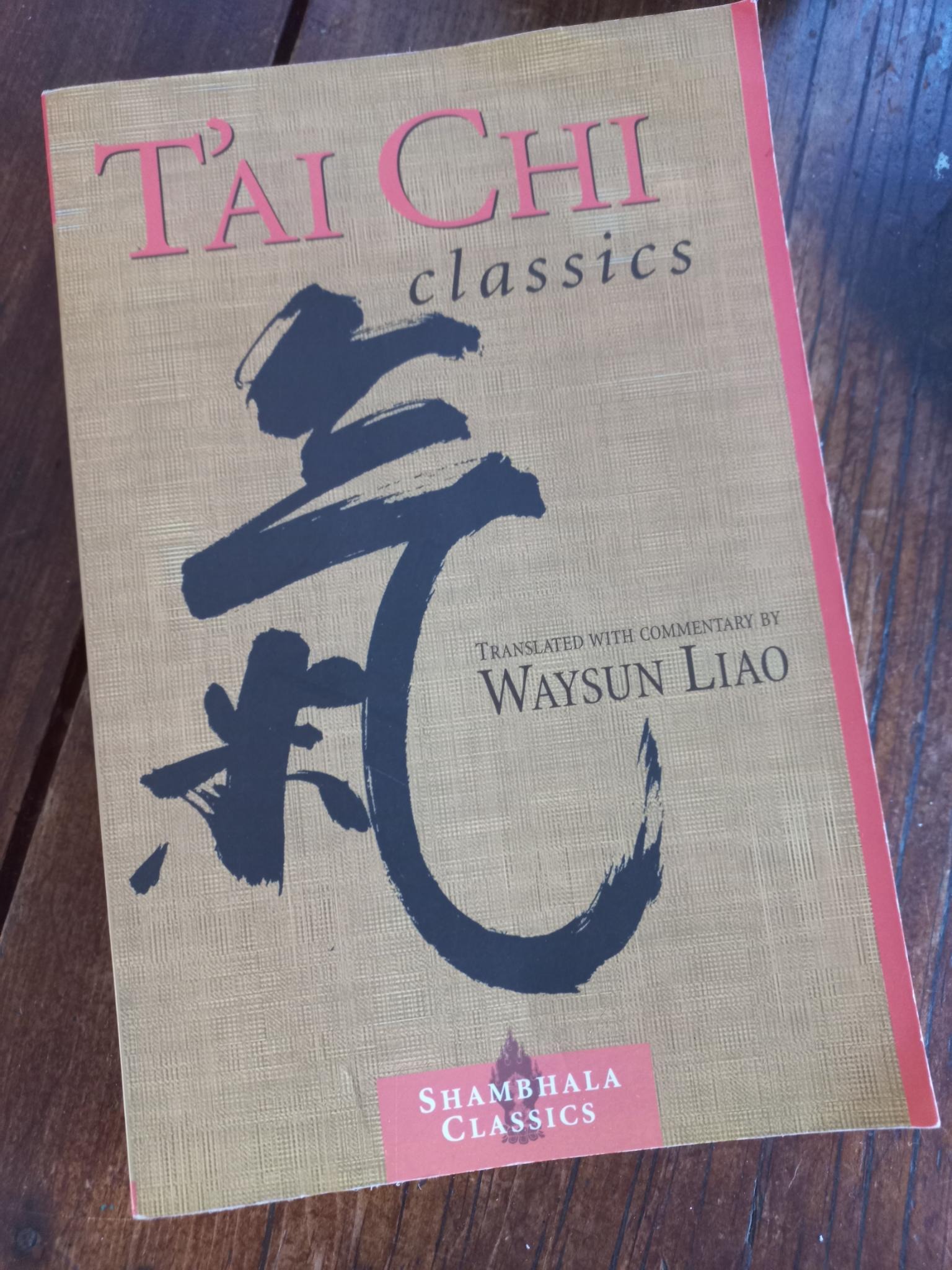
That is one of my favourite books and it is a must read for any Tai Chi practitioner. So much information in there that improves your Tai Chi.
Summary:
The Tai Chi Classics are a collection of writings attributed to the legendary martial artist, Zhang Sanfeng, and other Tai Chi masters. These texts are considered essential in understanding the philosophy, principles, and practice of Tai Chi Chuan (Taijiquan). They provide guidance on various aspects of Tai Chi, including martial applications, body mechanics, and the underlying principles of Yin and Yang. Here are some key points from the Tai Chi Classics:
-
Tai Chi's Ultimate Purpose: Tai Chi is often described as the "Supreme Ultimate" or "Grand Ultimate." It is both a martial art and a system of health cultivation. The classics emphasize that Tai Chi should be practiced with the goal of achieving balance and harmony in both martial and health aspects.
-
Yin and Yang: The classics stress the importance of understanding the principles of Yin (negative, soft, yielding) and Yang (positive, firm, active). Tai Chi seeks to harmonize these opposing forces, and this concept is central to the art.
-
Relaxation and Softness: Tai Chi emphasizes relaxation, suppleness, and softness in movement. The classics often mention that practitioners should avoid stiffness and tension in their bodies.
-
Rooting and Stability: To maintain balance and power, Tai Chi practitioners must develop a strong root. This means connecting the body's energy to the ground and maintaining stability even while moving.
-
Energy Flow: Tai Chi is said to facilitate the smooth flow of Qi (vital energy) throughout the body. This is achieved through slow, continuous, and coordinated movements.
-
Spiraling and Circular Movements: Tai Chi movements are often circular and spiraling in nature. This allows for efficient energy circulation and the redirection of force.
-
Use of Mind and Intent: The mind plays a crucial role in Tai Chi. Practitioners are encouraged to focus their intent and consciousness on their movements, guiding the flow of energy.
-
Listening and Yielding: In martial applications, Tai Chi emphasizes the principles of "listening" to the opponent's force and "yielding" to it rather than opposing it directly. This is often described as "four ounces deflecting a thousand pounds."
-
No Excess or Deficiency: The classics advise against excessive force or deficiency of force in Tai Chi practice. Movements should be balanced and harmonious.
-
Continuity and Flow: Tai Chi forms are designed to be performed in a continuous, unbroken flow. This continuity helps maintain the integrity of the movements and principles.
These Tai Chi Classics have been passed down through generations and are considered fundamental texts in the Tai Chi tradition. They serve as a guide for practitioners to deepen their understanding of Tai Chi principles and to refine their practice, whether for martial arts or health purposes.